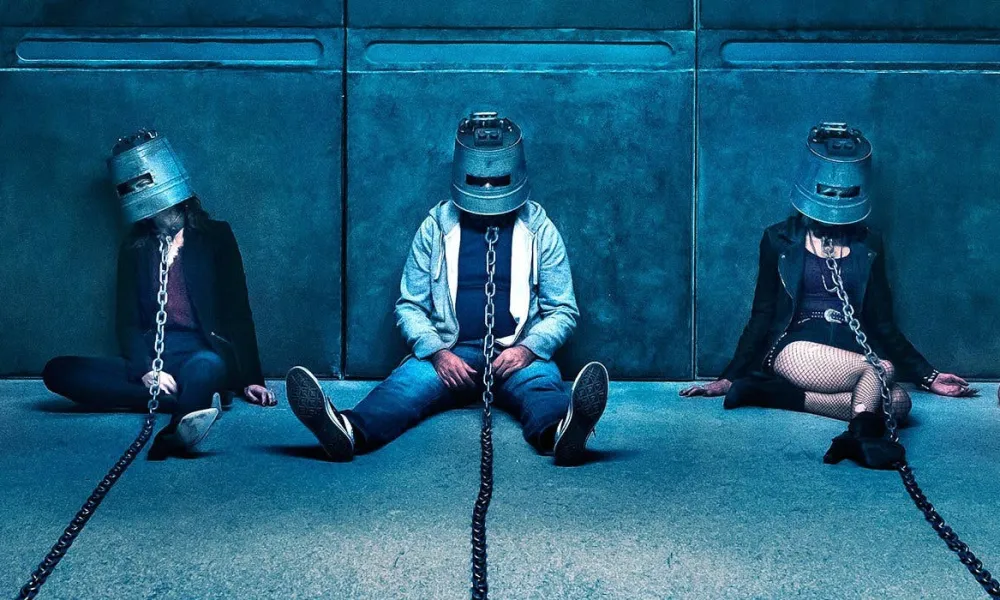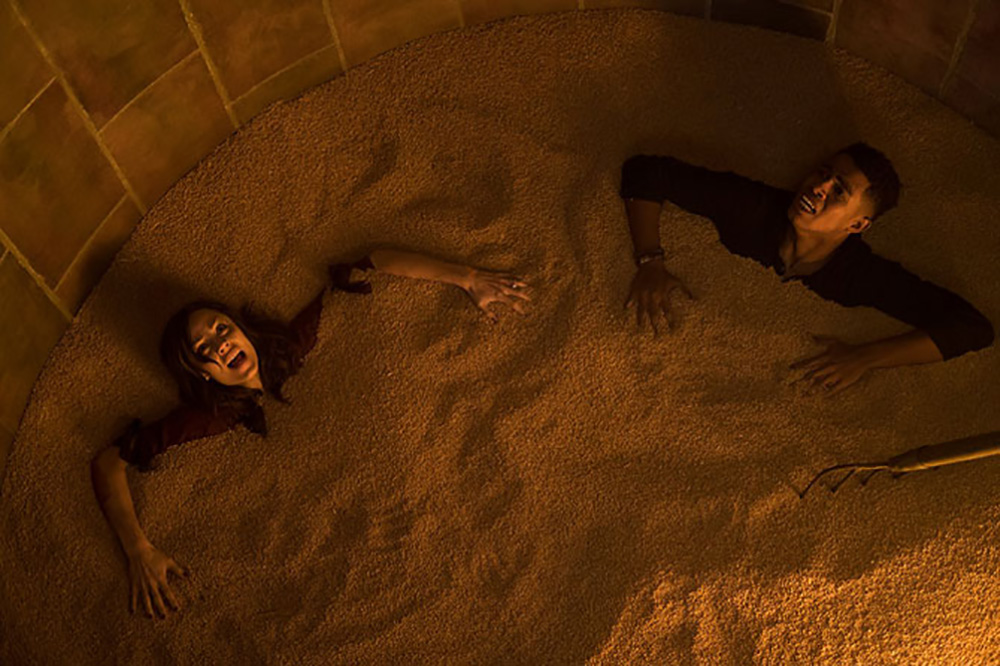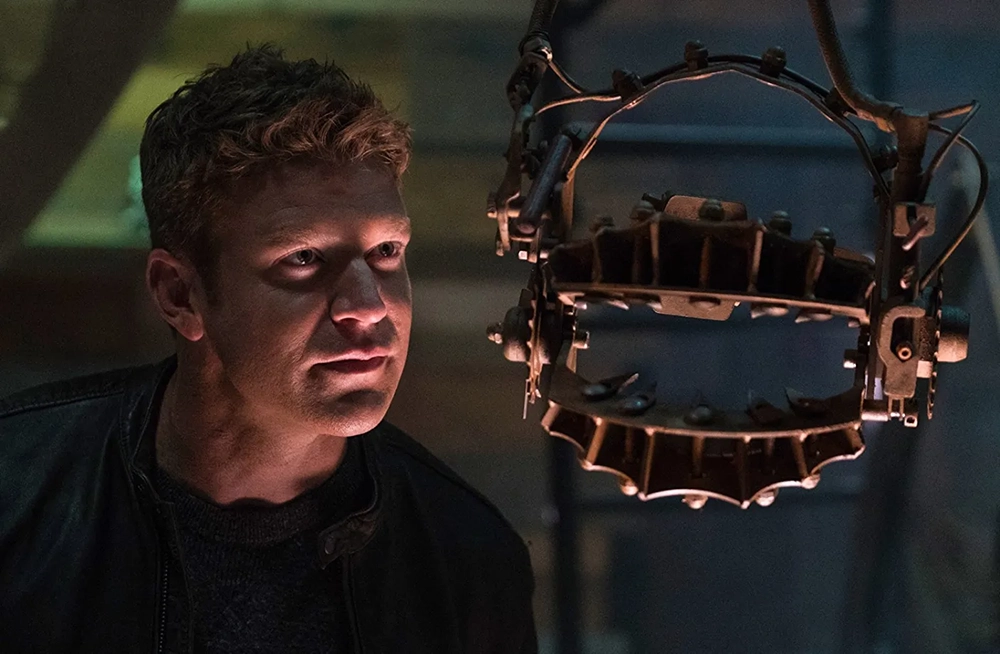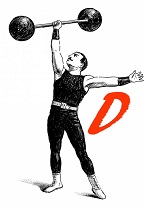Spanning 13 years—and a now staggering eight movies—the “Saw” franchise has seen enough traps and gore to last a lifetime. Or apparently not. The latest entry into the franchise, “Jigsaw,” (Originally named “Saw Legacy”) has found its way into theatres this October after a seven year hiatus from the big screen. How does the movie fare? Unfortunately, with a plot that copies from the lesser plots of other “Saw” films, and a utterly insulting twist ending, “Jigsaw” may fulfill the base requirements for fans of the franchise but leaves in its wake an empty shell.
The film revolves around a simple plot mechanism: dead bodies are turning up around the city, all killed in a grisly fashion, and after a forensic team (Matt Passmore, Hannah Emily Anderson) digs deeper, the evidence points to one person—John Kramer (Tobin Bell), the original Jigsaw killer who has been dead for ten years. But if fans have learned anything from the “Saw” franchise – particularly its out of order plots that blur the timeline of Jigsaw’s death (which apparently took place officially in “Saw III”), we’ve learned that anything can happen. No spoilers will given during this review, and audiences will have to judge the plot for themselves after seeing the film.
Gore Not the Focus…and Too Many Angles
First the positives. The film revisits some of its standard fare—a group of victims of questionable morals that are kidnapped and subjected to a various series of ‘tests.’ These tests involve things like being dragged across a room hooked to a chain towards rotating circular saws who must “shed blood” to proceed to the next room. And, in reference to other “Saw” films, such as “Saw VI,” or “Saw V”—the latter where a group of people must stick their hands into rotating circular saws to be freed—the gore in “Jigsaw” is tame by comparison. Not to say it won’t turn your stomach at times. It is, however, toned down which may make it accessible to a wider audience though the film is still rated ‘R.’
The negatives in “Jigsaw” are hard to overlook. Of course the burning question on audiences’ minds will be, in fact, if John Kramer is still alive, and that will not be revealed here. Tobin Bell does make an appearance, and we will leave it at that.

Leaving aside the focused horror of some of the other “Saw” films, “Jigsaw” goes wider, showing two subplots: one, as Jigsaw’s victims are lured from one trap room to another, and two, as the team of forensic scientists aforementioned, and a less than innocent cop named Halloran (Callum Keith Rennie), try and put the pieces together from the recent killings.
Too Many Cuts and Tension Breakers
The problem is, that what is happening to “Jigsaw’s” victims are constantly cut (and oftentimes interrupted) by the forensic/cop subplot, taking away from much of the scares. What worked about “Saw” and even its less well written sequels, was that when one of its victims were in a trap, we, the audience, were subjected to every excruciating moment. But in “Jigsaw” we are not; much of the horror is thus subtracted from the sequences with constant cuts back and forth.
Another real point of contention for me was that the iconic score is here basically erased, hinted at early in the film and than abandoned altogether. The filmmakers (directors Michael and Peter Spierig) also try to up the ante on special effects; not necessarily the gore, but in attempting to make Billy the Jigsaw doll feel more alive, as well as Jigsaw’s ominous voice echoed through megaphones which obscure his words and make his ‘instructions’ less clear.
The doll is the biggest affront; what was creepy about the “Saw” franchise was the doll’s lifeless expression and how he was seen mostly though ancient televisions and heard through faceless tape recorders. Here the filmmakers try to make him more alive – and when a victim utters, sarcastically (about Billy), “yeah, that’s not creepy at all,” the effect is not scary but comical—one thing a “Saw” film should not be known for.
Drops the Legacy of a ‘Saw’ Film

If it feels like I’m painting a negative picture of “Jigsaw” it is because it deserves it. The acting, as usual, is good, but the set pieces and overall horror of the rest of the franchise is missing. There’s a few scenes that are tense and a few moments that will cause you to flinch. But it’s not enough. And, while not to be hinted at here, the twist at the end of the film is so insulting to the viewer’s intelligence – and to the “Saw’ legacy left behind by the rest of the films – that it takes whatever scares the film does present and tramples all over them.
The bottom line: if you like “Saw” movies, you’re bound to find something redeeming about “Jigsaw.” Just don’t expect a film on par with the first film, or really any of the other six to follow it.



